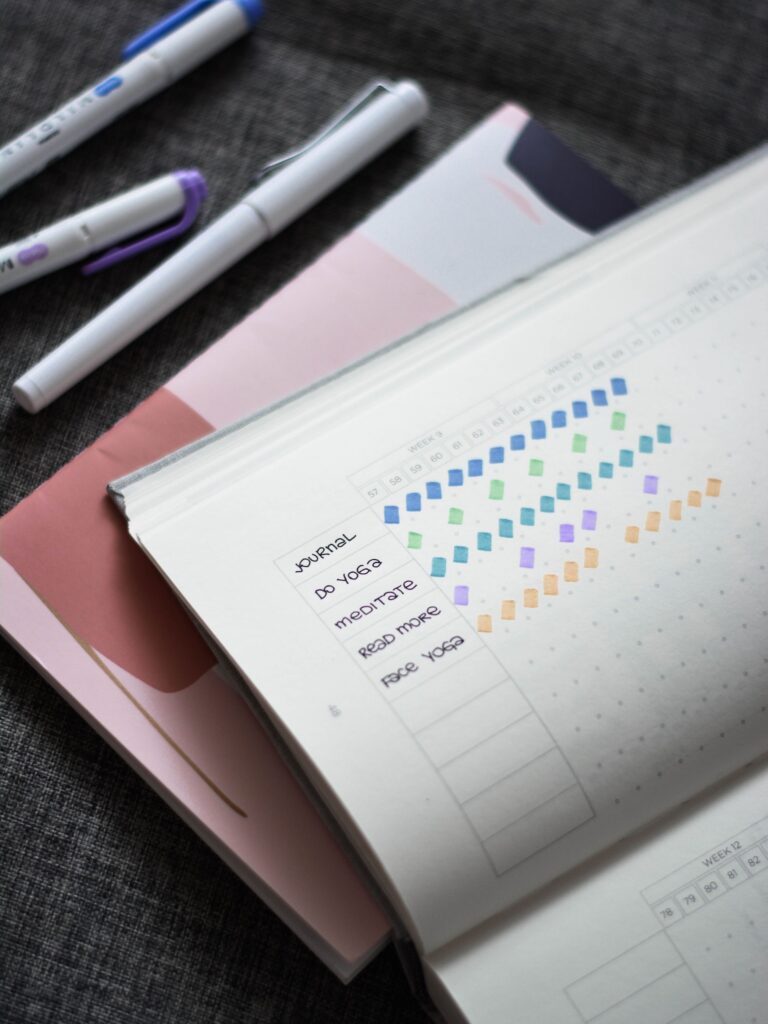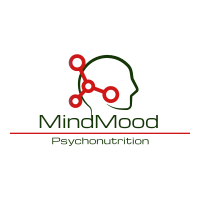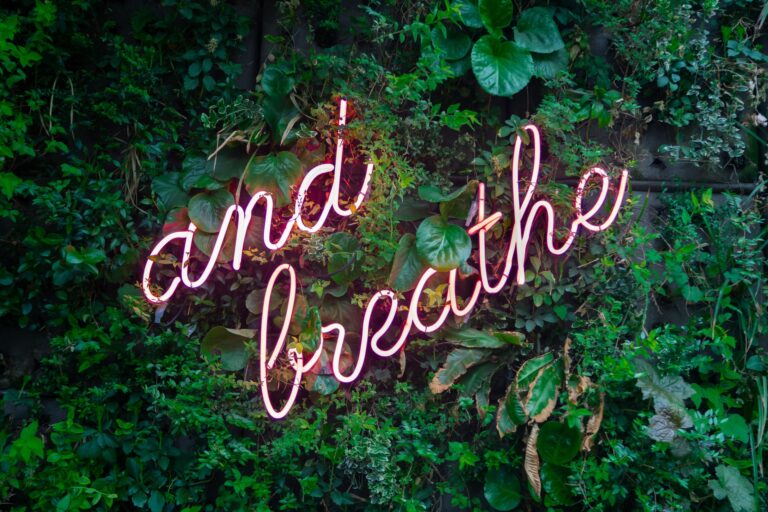By nature (and neurobiologically speaking) humans are creatures of habit.
We live daily following certain routines and adopting habits from the moment we wake up to the moment we fall asleep. Nonetheless, changing old habits to new habits is not simple as it may seem and according to the popular assumption it doesn’t take 21 days to form a new habit but about 12 weeks (or even more at times I would say).
What are habits?
Habits are formed in the subconscious mind – think about a giant library inside of your brain holding years and years of automatic body functions, memories, emotions, past experiences, habits and patterns.
Did you know that the subconscious mind makes up 90% of our mind and only 5% is actually conscious? Thus, you can already see the important role the subconscious mind plays in our thoughts, emotions and behaviours and in our ability to form new habits.
Not easy right? However, not impossible!

How can you change old habits?
If you would like to change a habit and make it last, the most important 3 things to consider and put into practice are:
Consistency:
A new habit won’t stick if you won’t put it into practice daily – persist to stick and change
Repetition:
Consistency is only possible if we repeat something over and over again – repeat to power consistency and change
Exposure:
“Behaving”, trying to a new habit or doing something different is the only way to form new habits – exposure is the key for behavioural activation i.e. replacing behaviours by other alternative behaviours that tend to influence our emotional state more positively.
*behavioural activation is a recognised therapeutic tool in supporting people with low moods and depression
Nonetheless, the most important thing to remember in any type of habit or behaviour change is to keep trying and not giving up when faced with challenges or going back to old habits.
Step into a new sequence
Consistency, repetition and exposure to form new habits but exactly how do you ask?
- Think about the new habit you want to adopt or the old habit you want to change
- Set a realistic timeframe: by when do you want to achieve it?
- Think about the sequences of steps or actions usually involved in the old habit and what you can do differently in that sequence
- Create a new sequence, write it down and start putting into practice
Example:
Stop eating digestive biscuits every time I drink a cup of tea and replace them for some fruit and nuts
Place a piece or a bowl of fruit/nuts next to the kettle the day before
Once you put the kettle to boil you will see the fruit/nuts and with time (set a realistic timeframe!) your brain will start associating the “kettle boiling” with fruit and/or nuts and not the digestive biscuits – with consistency, repetition and exposure the new sequence becomes automatic and you will eventually stop reaching the cupboard for digestive biscuits or even thinking about your old habit.
Fruit/nuts have become the norm and part of your “drinking tea” routine.
Trying creates hope and hope powers motivation to try and try again

Share your questions or comments below, get in touch, or email [email protected] have a chat with me.



